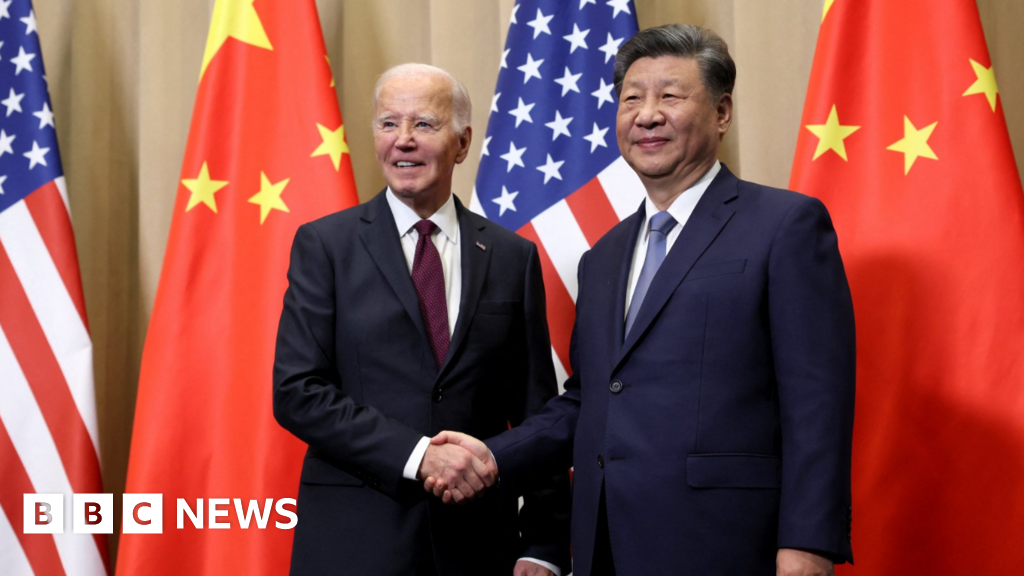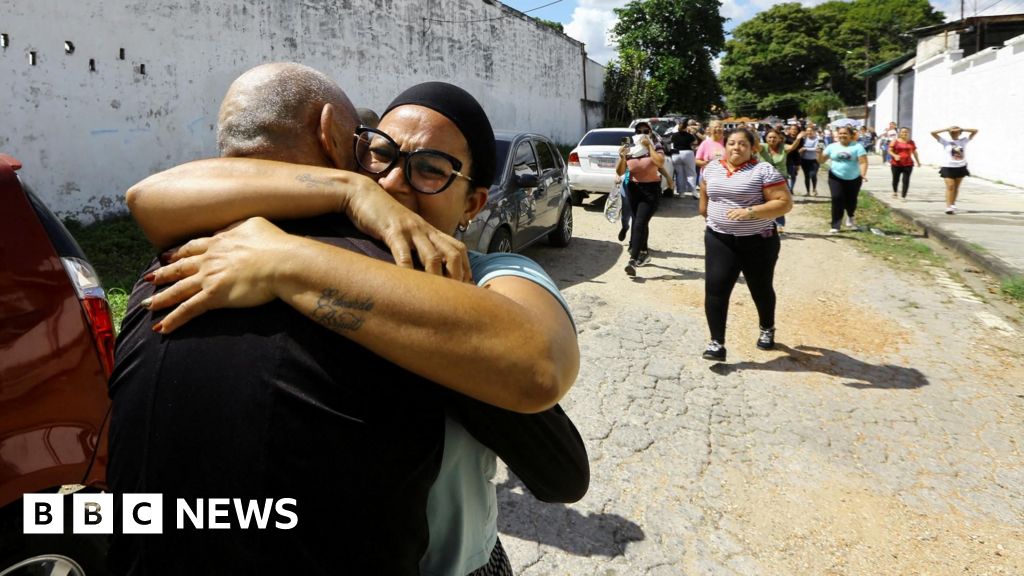ARTICLE AD BOX
 Image source, AFP via Getty Images
Image source, AFP via Getty Images
Supporters of impeached President Pedro Castillo have been blocking major roads across Peru
High-level talks are taking place in Peru to try to resolve a deepening political crisis triggered by the ousting of the former president.
The Council of State, the body made up of representatives of all branches of power, and the country's church leaders have been meeting in the capital, Lima.
Earlier, two government ministers resigned, following days of violent protests over the impeachment of Pedro Castillo on 7 December.
More than 20 people have been killed.
In another development, thousands of tourists are trapped in the south-eastern city of Cusco after protesters forced the local airport to close.
Peru has been through years of political turmoil, with the latest crisis coming to a head when Mr Castillo announced he was dissolving Congress and introducing a state of emergency.
However, his plan backfired and Congress instead voted overwhelmingly to impeach him. Mr Castillo, who is currently in detention, is being investigated on charges of rebellion and conspiracy.
He denies all the accusation, insisting that is still the country's legitimate president.
Demonstrators are calling for the closure of Congress, the resignation of new president Dina Boluarte and early elections. On Friday, Congress voted against a proposal to bring elections forward to next year.
Thursday's clashes between the army and Castillo supporters in the central Ayacucho region left at least eight people dead, health authorities said. Footage on social media showed protestors blocking main roads and airports.
Just hours later, Education Minister Patricia Correa said she was stepping down. In a Twitter post on Friday, she wrote that the "death of compatriots has no justification", and that "state violence cannot be disproportionate and cause death".
Culture Minister Jair Perez also resigned.
The protests are also affecting the country's tourism industry. The mayor of Cusco told AFP news agency that about 5,000 tourists are stranded in the city after the airport there closed when protesters tried to storm the terminal.
The city is the gateway to Macchu Picchu, an ancient Inca citadel which is visited by hundreds of thousands of people a year.
About 800 tourists are also stuck in the small town at the foot of the mountain where the citadel stands, because the railway line which serves it has stopped running.
Some mostly American and European tourists have reportedly left the town on foot along the train tracks in an attempt to return to Cusco.

 1 year ago
14
1 year ago
14








 English (US)
English (US)